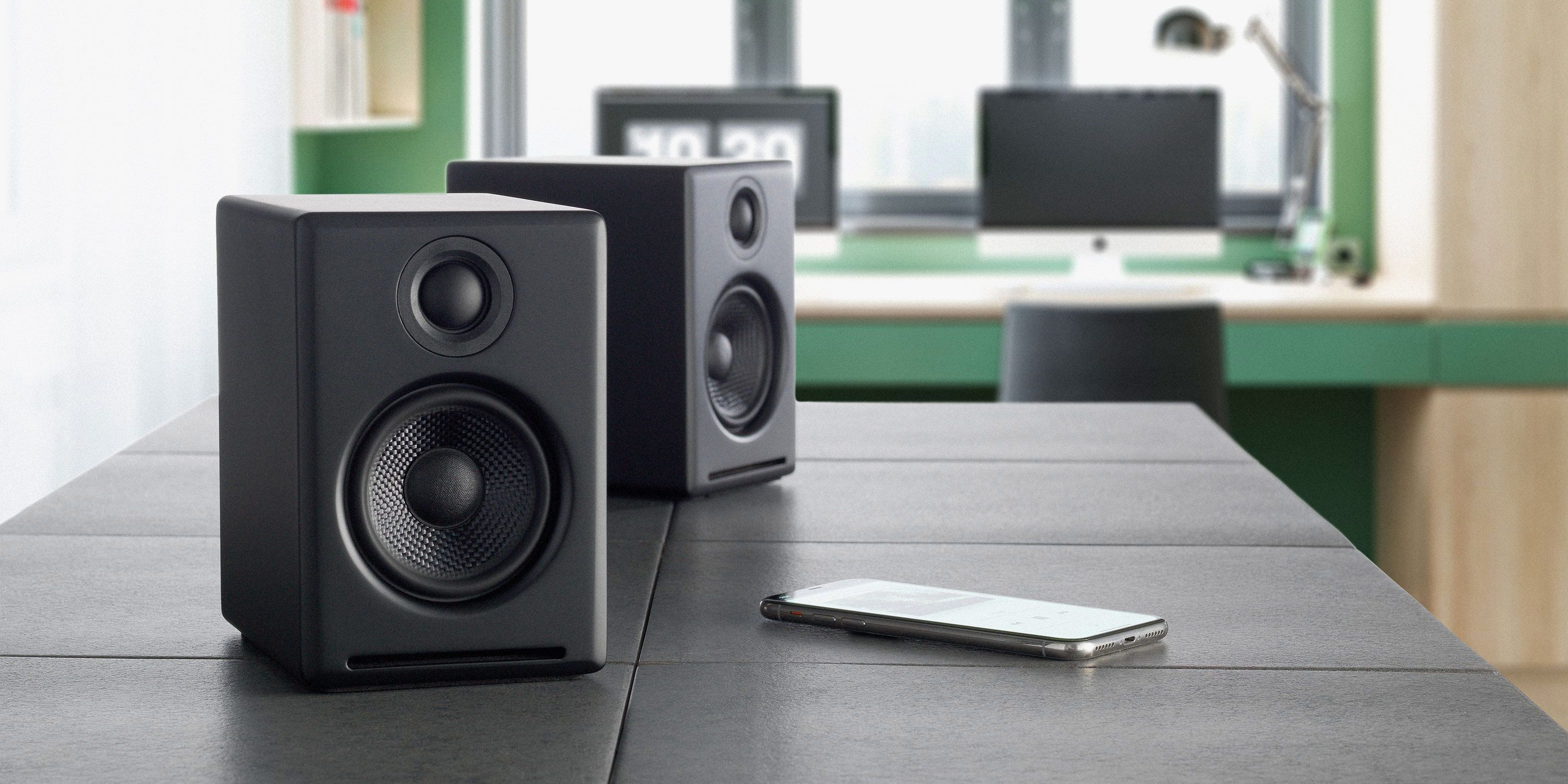

- Best pc for home studio how to#
- Best pc for home studio pro#
- Best pc for home studio plus#
- Best pc for home studio free#

Generally, you want to buy as much RAM as you can afford without your wife finding out. CPUs tend to provide diminishing returns as you start looking at pricier options. Comparatively, you can pick up an AMD Ryzen 9 3900X, that’s still going to perform exceptionally well, for close to $500. Buying a super expensive CPU like an AMD Ryzen Threadripper 3990X will deliver amazing results, but it costs almost $4,000. When it comes to choosing a CPU, you need to weigh performance against cost. CPU-heavy DAW sessions will run smoothly and you'll be able to run multiple programs at once. These two components work hand in hand to create a fast and responsive user experience. Ideally, you want a computer with a fast CPU and lots of RAM. A bigger trunk (more RAM) will allow you to move more stuff to point B each trip, further cutting down on the time it takes you to move all this stuff. Upgrading the engine (CPU) will get you to point B faster, but you'll still need to make multiple trips.

If you're trying to move a bunch of stuff from point A to point B, you want a car with a fast engine and a big trunk.Ī car with a slow engine and small trunk will require you to make many trips to move all your stuff from point A to point B, and you're not going to get there too quickly either. Your PC’s central processing unit (CPU) is like a car's engine, while its random access memory (RAM) is like the trunk of a car.

Are all the components going to work together? Did you overlook anything? You can use PC Part Picker to view compatible PC components and create mock PC builds, but there are 4 things to consider before building a PC for music production that PC Part Picker isn't going to mention.
Best pc for home studio free#
This free iOS app (available in the Apple Store) will help you determine the right amount of acoustic treatment you need for your studio.Building your first PC is a fun, rewarding, and extremely stressful process. You provide your room’s dimensions and surface info, and they determine how much acoustic treatment is needed for your room. Highly recommended!ĪTS Acoustics Free Online Room Acoustics AnalysisĪTS provides a free online room acoustics analysis. This service is the most comprehensive and you get the ability to ask questions specific to your situation.
Best pc for home studio plus#
You can use them to determine how much sound treatment you need for your studio, their layout in your studio, plus tips on where to place everything. Free Room Acoustics Analysis!Īuralex, Ultimate Acoustics, and ATS Acoustics, three leading acoustic sound product makers, offer free room acoustics analyzer programs. The number of bass traps you need can only be determined by doing an acoustics analysis of your room.
Best pc for home studio how to#
The following video explains how to place bass traps in a studio. How To Place BassTraps In Your Studioīass traps are placed in corners of a room, and also along areas where the walls meet the ceiling. You thus save a bit by requiring less sound absorber panels or diffusers for your studio. Most bass traps are 4” to 6” thick and are either made of special foam or filled with insulation that acts as an effective sound absorber.Īs an added benefit, due to their mass and size, they also provide some degree of absorption and diffusion. It takes mass and size to stop low-frequencies. In untreated studios, they have nowhere to go and nothing to absorb the sound energy. In a small studio, it is easy for low frequencies many feet long to build up and bounce between walls. In wavelength terms, that E is 27.425 feet long! Low-frequency sound waves are huge! The low E string on an electric bass has a frequency of 41.2 Hz. The physical science behind sound waves is quite interesting.
Best pc for home studio pro#
Now you should understand why professional studio mixes sound drastically better than amateur mixes – pro studios use proper sound control products that provide an acoustically accurate recording and mixing environment. Most mixes that come out of acoustically untreated studios either have too much bass, making them sound boomy and muddy, or have too little bass that makes mixes sound thin and wimpy. This makes it very challenging to mix tracks and get the low-end right. Room modes and standing waves affect your room by making some bass notes drastically stand out and others to virtually disappear.


 0 kommentar(er)
0 kommentar(er)
